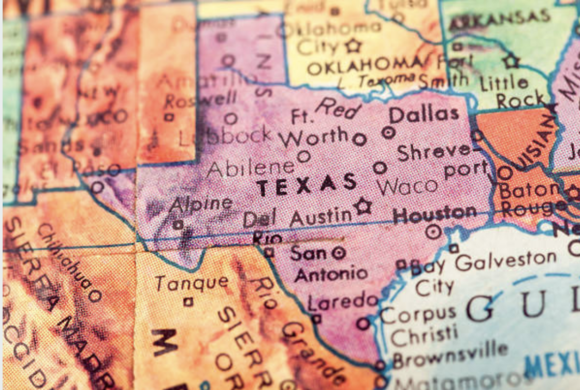Texas has long been a magnet for Americans drawn by its appealing job market, low taxes, and friendly locals. With its reputation for offering a lower cost of living compared to states like California and New York, it’s no surprise that many are relocating to the Lone Star State. However, a rising concern is beginning to overshadow these enticing benefits: the increasing risk of wildfires and its impact on home insurance.
The Growing Threat of Wildfires
Historically associated with states like California and Colorado, wildfires are becoming more prevalent in Texas, fueled by climate change and expanding urban development into fire-prone areas. This shift is not only endangering lives and properties but also drastically affecting home insurance costs and availability.
According to a recent Redfin report, many Americans are relocating to areas in Texas that are now categorized as high-risk for wildfires. “For a lot of Americans, factors like cost of living and proximity to family often outweigh the more abstract risk of natural disasters,” said Redfin Senior Economist Elijah de la Campa. This shift in priorities is evident, as data from the 2023 U.S. Census Bureau reveals that over 30,000 people moved to high-fire-risk counties in Texas last year alone.
The Insurance Dilemma
The increasing wildfire risk is creating a challenging insurance landscape in Texas. Much like in California, where insurers have been withdrawing from the market or dramatically increasing premiums, Texas is seeing similar trends. Home insurance companies, wary of the potential for massive payouts, are responding by either raising premiums or denying coverage entirely.
Currently, the average home insurance premium in Texas is among the highest in the nation. As the wildfire risk continues to escalate, homeowners are finding it more difficult to secure affordable insurance, leaving them vulnerable to substantial financial losses in the event of a fire.
Mitigating the Risk
Despite the daunting prospects, there are steps homeowners can take to reduce their wildfire risk and make their properties more insurable. One of the most effective measures is to use fire-resistant building materials and construction techniques. Upgrades such as metal roofing, fire-resistant siding, and dual-pane windows can significantly enhance a home’s resistance to fire. Additionally, creating defensible space around the property by clearing vegetation and brush can lower the risk of fire damage.
Homeowners should also adopt daily prevention habits, such as practicing safe campfire management and maintaining vehicles to prevent sparks. These proactive measures can help mitigate risks and make homes more attractive to insurance companies.
Community and Policy Solutions
As wildfire risks increase, there is a growing need for community-driven and policy-based solutions. Establishing firebreaks, conducting controlled burns to manage vegetation, and investing in community firefighting resources are crucial steps that can help create a safer environment.
Looking to other states for inspiration, Colorado and Florida have implemented home hardening programs that offer financial incentives or grants to homeowners for making their properties more fire-resistant. These programs often include subsidies for upgrading roofing materials, installing fire-resistant landscaping, and improving home ventilation systems to prevent ember intrusion.
Texas could benefit from a similar initiative. By developing programs that support homeowners in mitigating fire risks, the state could help lower insurance costs and improve overall safety for its residents.
Be Prepared
While Texas continues to attract new residents with its low taxes, job opportunities, and welcoming atmosphere, it’s essential for potential movers to consider the growing risks associated with wildfires. Understanding and addressing these risks through proactive measures and community initiatives can help mitigate the impact on insurance costs and ensure that the benefits of living in Texas continue to outweigh the challenges.




